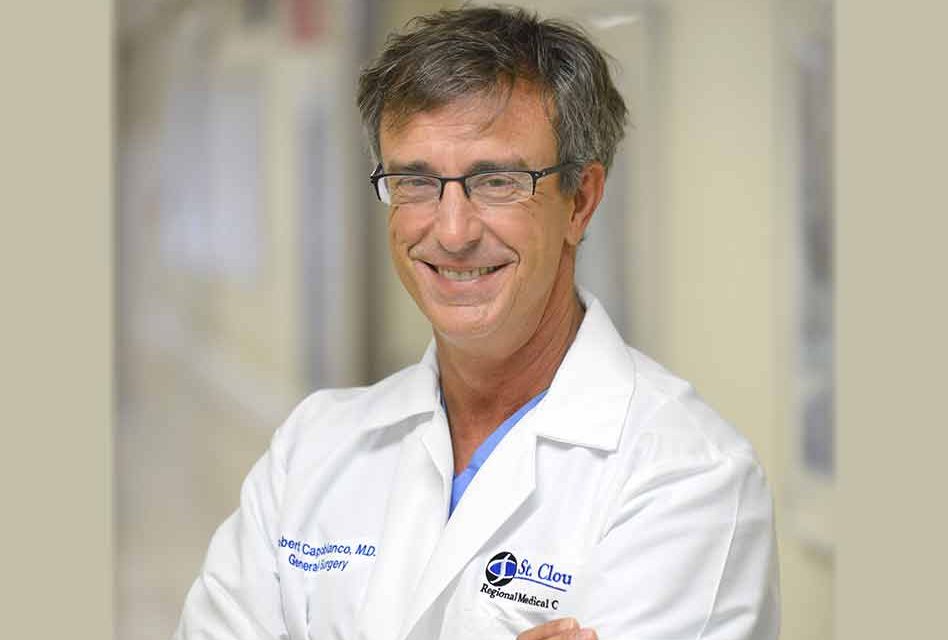Breast Health: A Three-Step Plan for Preventive Care By: Robert Capobianco, M.D. St. Cloud Regional Medical Center and St. Cloud Medical Group
Most of us have been touched by cancer in some way or another. The thought of having breast cancer can be frightening, which makes it tempting to avoid discussing the subject at all, or to be examined for fear that a problem may already exist.
But being proactive is a woman’s best bet in the fight against breast cancer. Routine preventive care is the best way to keep you and your breasts healthy, since the detection of breast cancer at its earliest stages provides the greatest opportunity for successful treatment.
THE THREE-STEP PLAN
Step 1: Breast Self-examination (BSE)
All women, ages 20 and older, should perform breast self-exams to familiarize themselves with their breasts so any changes are more quickly identified. BSE should be done regularly at the same time each month.
Changes may include: Development of a lump, swelling of the breast, skin irritation or dimpling, nipple discharge other than breast milk, or other nipple abnormalities (pain, redness, or turning inward) If any of these changes are noticed, see your health care provider as soon as possible for evaluation.
Step 2: Clinical examination
A breast examination by a doctor or nurse trained to evaluate breast problems should be part of a woman’s physical examination. A clinical breast examination is very similar to the procedure for breast self-examination. Women who perform BSE regularly will be prepared to ask questions and have any concerns addressed during a clinical exam. The American College of Radiology recommends annual mammograms starting at age 40, with no upper age limit as long as the woman is in good health. Different guidelines apply to women at higher risk. A screening mammogram can help detect breast cancer in its earliest and most treatable stages.
Step 3: Mammography
Mammography is a low-dose x-ray of the breasts and is the most common imaging technique. Mammography can detect cancer before a lump becomes large enough to be felt. For women of average risk, the American College of Radiology recommends annual mammograms starting at age 40, with no upper age limit as long as the woman is in good health. Different guidelines apply to women at higher risk.
A screening mammogram can help detect breast cancer in its earliest and most treatable stages. Women who may be at increased risk for breast cancer should talk with their health care provider about having their mammograms at an earlier age or more frequently.
The mammography department at St. Cloud Regional Medical Center offers digital mammography, technology that allows images to be magnified and adjusted on a computer screen for better visualization. The department is accredited in mammography services by the American College of Radiology (ACR), which represents the highest standard of image quality and patient safety.
To schedule a mammogram at St. Cloud Regional Medical Center, call 407-498-3707.




















